Wiccan Holidays – Lughnasadh

July 26th, 2021
Estimated Read Time: 12 Minutes
Usually falling somewhere between the summer solstice and the autumn equinox, traditionally August 1 in the Northern Hemisphere, Lughnasadh is perhaps the most overlooked of all of the Wiccan Sabbats we celebrate throughout the year. That may be because the point of the festival is to celebrate the first harvest of the year. And since most modern Wiccans aren’t as connected to the traditional way of living as they might wish to be, the summer harvest festival may not get the recognition it deserves.
Even so, we ought to consider this festival with the same reverence we give to Imbolc, Beltane, and Samhain. After all, it does belong to the Greater Sabbats, the four cross-quarter holidays that fall between the solstices and equinoxes. With that in mind, let’s talk about what Lughnasadh, or Lammas, is supposed to represent.
What Is Lammas?
The Origin of the Summer Harvest Festival
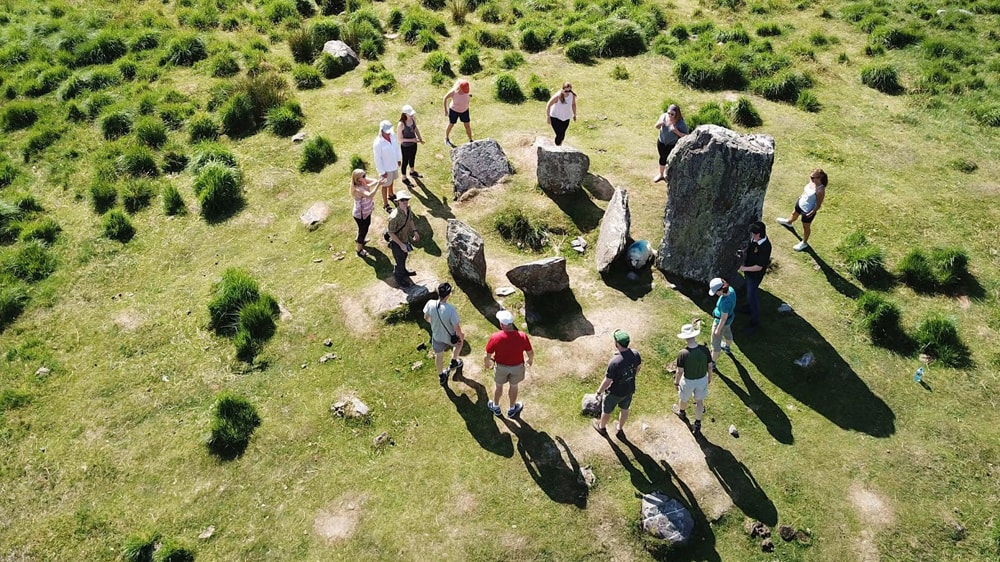
As we have established, the festival of the summer harvest has two names — Lughnasadh and Lammas. Even though these two have different origins, their purposes align. Namely, they serve to remind us to recognize and appreciate nature’s abundance as the tides turn and it begins to wither. Still, it helps to keep the story surrounding each of these holidays in mind as we craft our celebrations.
On the one hand, we have Lughnasadh or Lughnasa, an ancient Gaelic harvest festival with strong ties to the Celtic god of the sun — among other things. The word Lughnasadh is comprised of the god’s name, Lugh (pronounced “Loo”), and the Old Gaelic word for assembly — násad.
That gives us Lugh’s assembly, Lughnasadh — which is pronounced Loo-nah-sah. The Modern Irish spelling of the word, Lúnasa, can also help those who are struggling to pronounce the name of that Sabbat.
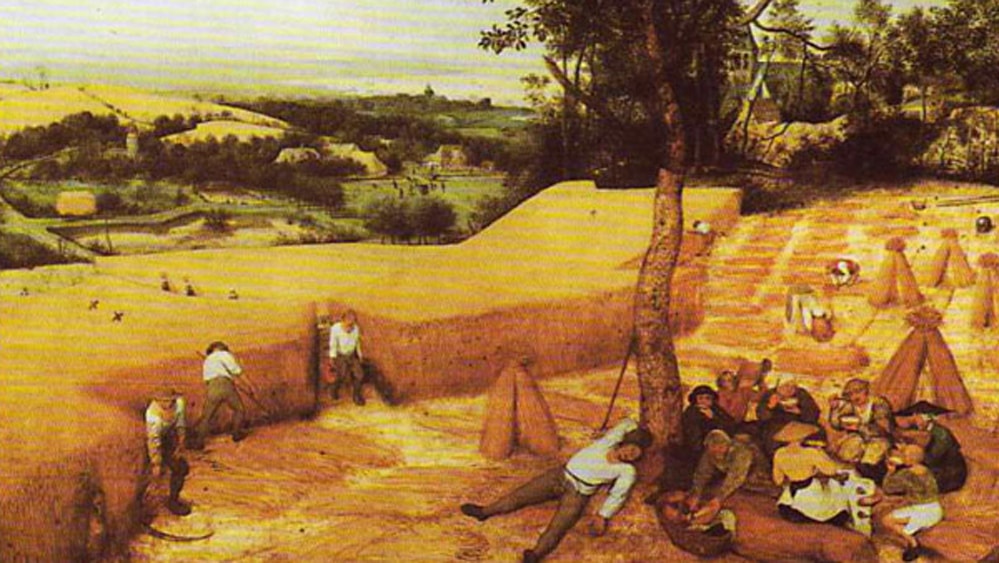
Of course, you could just as well call it Lammas, pronounced Lah-mis. Even though the festival has a Christian connotation, it has strong pagan roots. That iteration of the festival is also meant to celebrate the abundance of the harvest.
For centuries, people would rise at dawn to harvest the first grain, believing that it was infused with the sun god’s potent energy. Over time, Christian beliefs got involved, as people started taking the bread made from this first grain to church, to be blessed by the priest. That custom is where the Sabbat got its name. After all, Lammas essentially translates to Loaf Mass.
The Story of Lugh — the Shining One
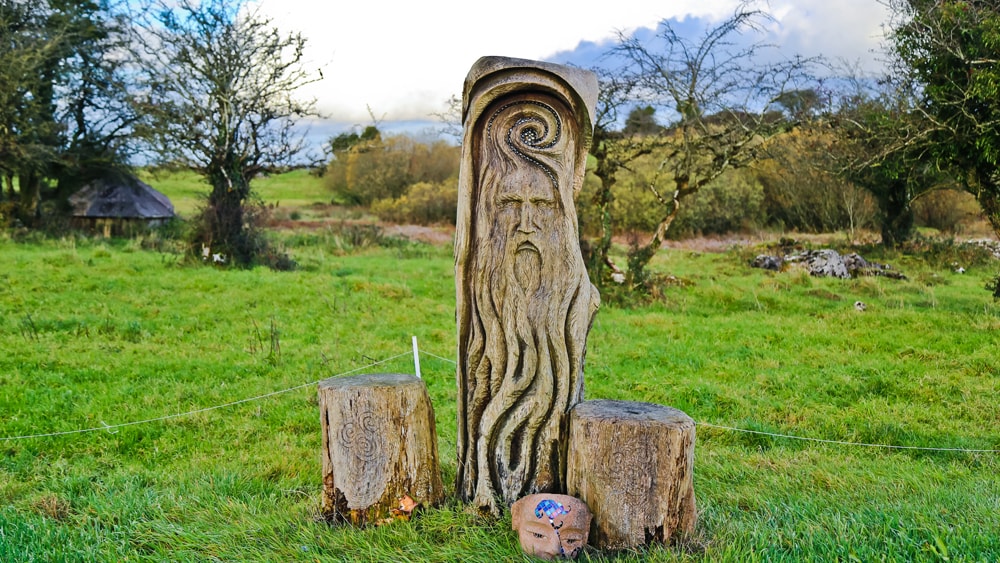
In addition to being the Celtic sun god, Lugh was also the god of the harvest, the guardian of fire and light, and the patron deity of metal workers, musicians, magicians, and healers. He was the protector of the ill and weak, and an excellent physician, according to legend. Later on, he even became the elected King of the Tuatha Dé Danann, a tribe of the Fair Folk.
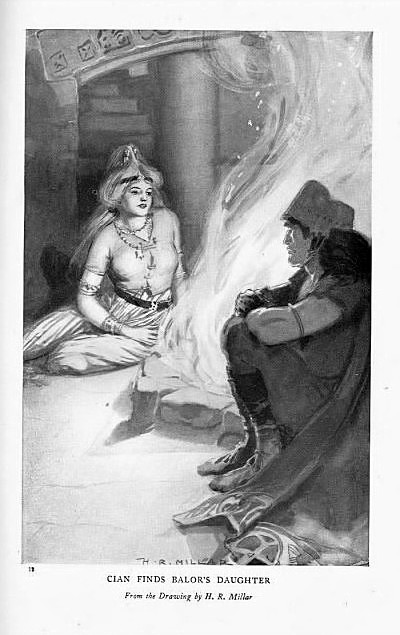
As a child of Cian of the Tuatha Dé Danann and Ethniu of the Fomorians, he seemed to have a clear path to that throne. Sadly, his life wasn’t as easy as you might think. Before Lugh was born, Balor, Ethniu’s father and the leader of the Fomorians, received a prophecy stating that his own grandchild would one day kill him.
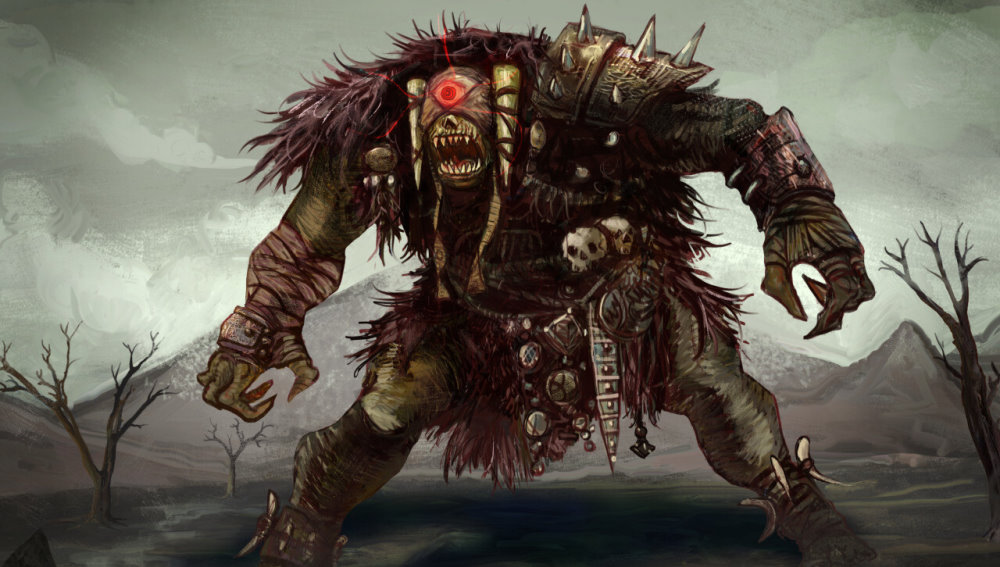
Armed with that knowledge, he tried to keep his daughter away from men altogether. But as we all know: where there’s a will, there’s a way. Once Cian learned of Ethniu’s pregnancy, he took her away to give birth. Fearing for their child’s life, the couple gave it to the grain goddess, Tailtiu, for safekeeping. Throughout his life, Lugh recognized, respected, and loved Tailtiu as a mother.
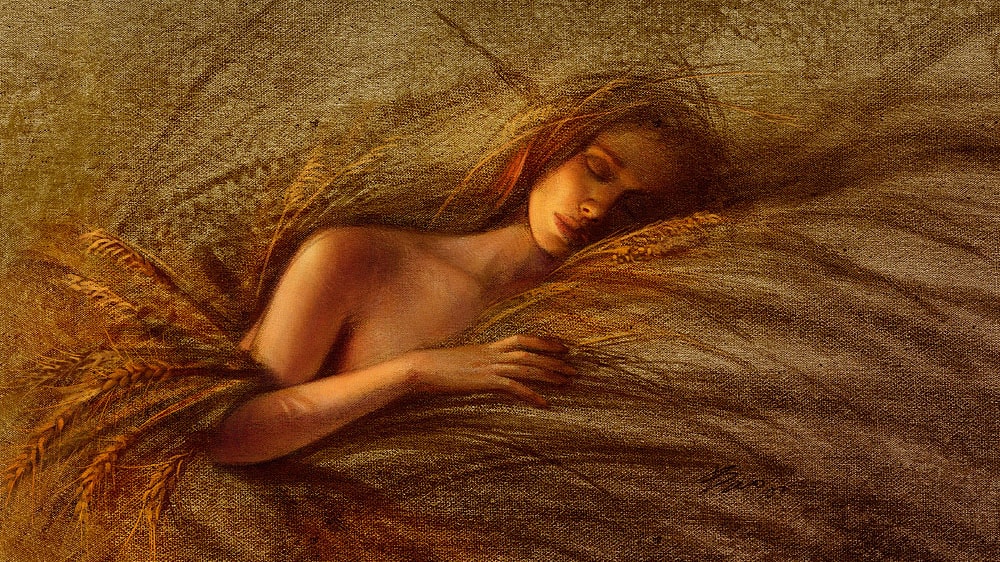
As the goddess of the harvest, it was Tailtiu’s duty to clear the Irish plains for agriculture. One year, after doing just that, the goddess died of exhaustion, representing the vegetation that died to feed humans. Knowing that she never wanted people to grieve for her, Lugh organized what’s believed to be the first Irish wake.
So instead of weeping, Lugh invited people to sing, drink, and play games in his mother’s memory. That’s why Lughnasadh is also a time to connect with our loved ones. But of course, not all people celebrate the Sabbat in honor of Lugh and Tailtiu.
Other Gods We Honor at Lammastide
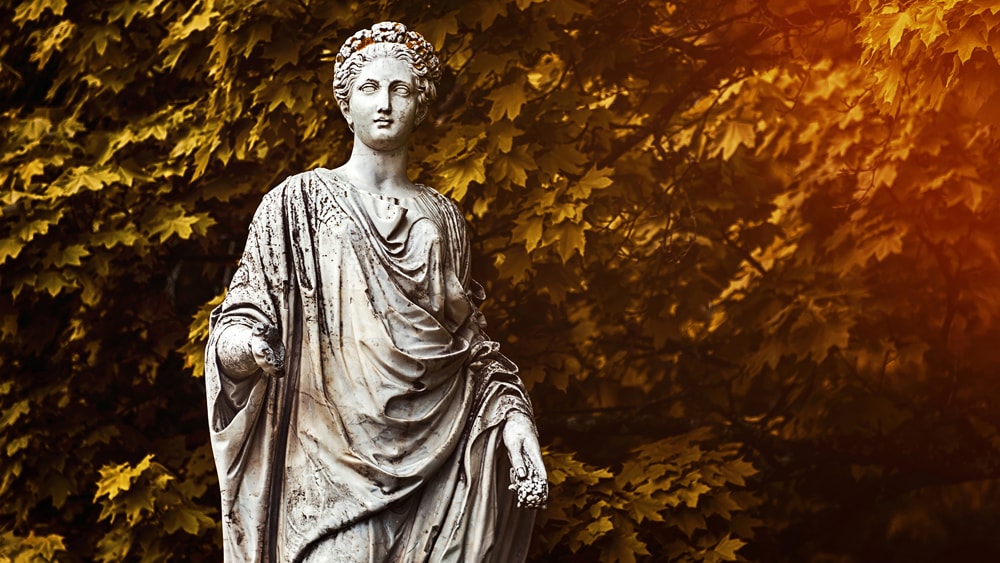
If nothing else, Wicca is a highly individual religion. Many practitioners choose to honor completely different pantheons. With that in mind, let’s talk about some other gods and goddesses you could honor around the time of the first harvest festival.
The first harvest can symbolize the conclusion of the moon goddess’s pregnancy, as nature reaches its highest potential. Because of that feminine energy, many people choose to honor Greek deities such as Demeter or even Gaia during this time. Alternatively, you can celebrate Mother Earth or the Native American Corn Mother.
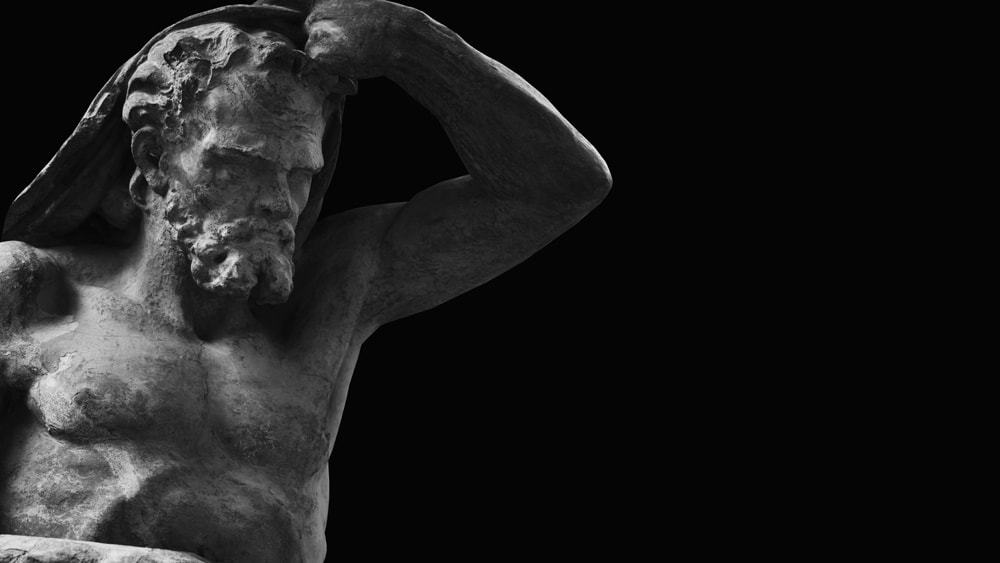
On the other hand, if you find yourself connecting with the story of Lugh, you’ll find plenty of similar deities in the Greco-Roman pantheons. Similar to Lugh, Hephaestus (or Vulcan) is the god of metallurgy, craftsmen, artisans, and fire.
Lastly, let’s talk about those who choose to interpret all the Wiccan Sabbats through the lens of the sun god’s journey. Around the time of the first harvest, the sun god will have finished transferring his power into the crops. Soon, he will lay down, allowing the colder, darker days to come. But that brings us to our next question.
Our free Wicca 101 course provides the essential knowledge and skills
you need to start confidently practicing Wicca.
Join the Wicca Academy community today!
When Is Lughnasadh and How Does It Fit Into the Wiccan Calendar?
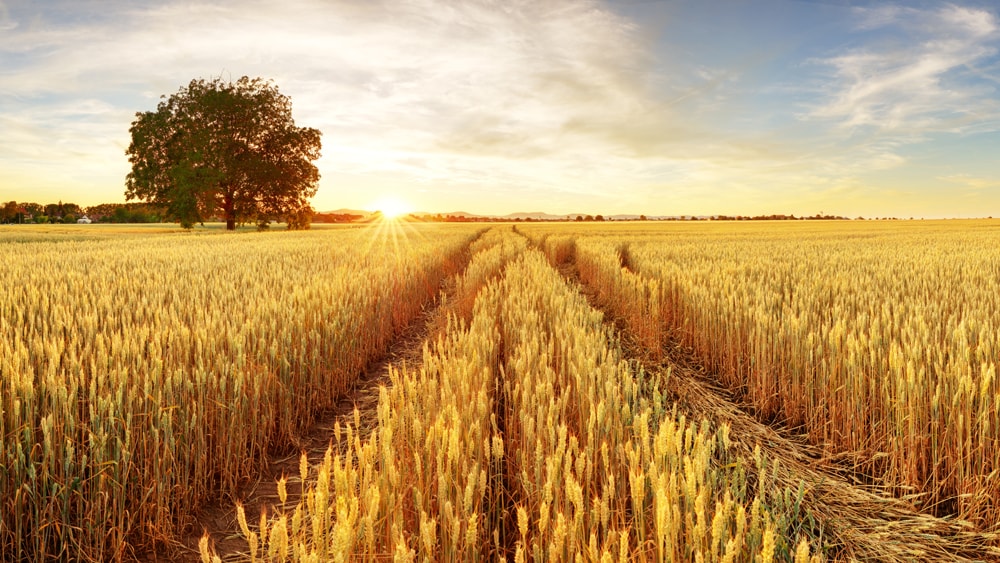
Lugh is one of the Wiccan holidays that always falls on the same day since it’s not technically connected to the sun’s movements like the solstice and equinox festivals are. It usually falls somewhere between the summer solstice and the autumn equinox. That means that, according to the Wheel of the Year, Lammas should be somewhere between Litha, which takes place in June, and Mabon, the fall harvest.
Typically, most Wiccans in the Northern Hemisphere celebrate the first harvest on August 1st. However, since the seasons are switched in the Southern Hemisphere, practitioners who live south of the Equator might choose to celebrate on the 1st of February instead. They might prefer to celebrate Imbolc in August instead. Alternatively, some people choose to celebrate every holiday according to the dates that apply in the Northern Hemisphere.
Download our Free Lughnasadh Wallpapers, Backgrounds, and Social Media Banners
What Are the Most Recognizable Lughnasadh Symbols?
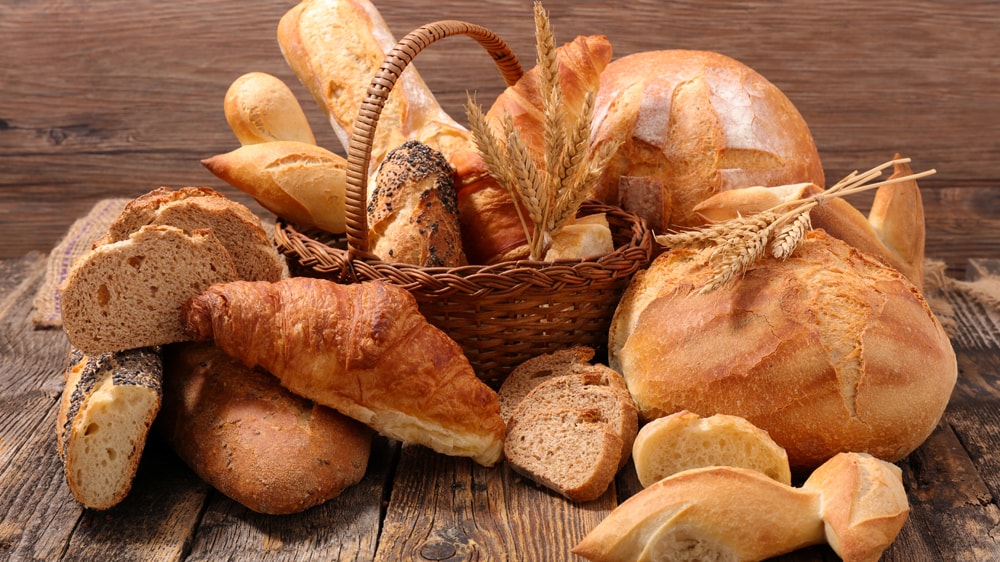
Now that we know the purpose of Lughnasadh, let’s examine some of the traditional symbols we can use to honor the first harvest of the year. As you can imagine, most Lughnasadh traditions revolve around grain, bread, and other seasonal blessings. With that in mind, you’ll find that most of the colors, crystals, and other symbols of the holiday are meant to invoke those themes.
Traditional Lughnasadh Colors

If you’re wondering which colors would be most suitable for Lammas decorations, just look around. The colors you see in nature at this time would be the perfect ones to wear and bring into your home. Generally, you’ll find lots of gold, yellow, and orange shades, as well as light brown and bronze, as the grain matures in time for the harvest. Aside from those hues, green can also adequately represent the abundance of the season.
You can introduce this color scheme into your home through candles, ribbons, and some of the flowers we’ll mention in a moment. If you don’t have appropriate clothes, any light garments should be appropriate. And if you still want to wear the sunshine, put some ribbons around your wrist and in your hair.
Lammas Crystals and Gemstones
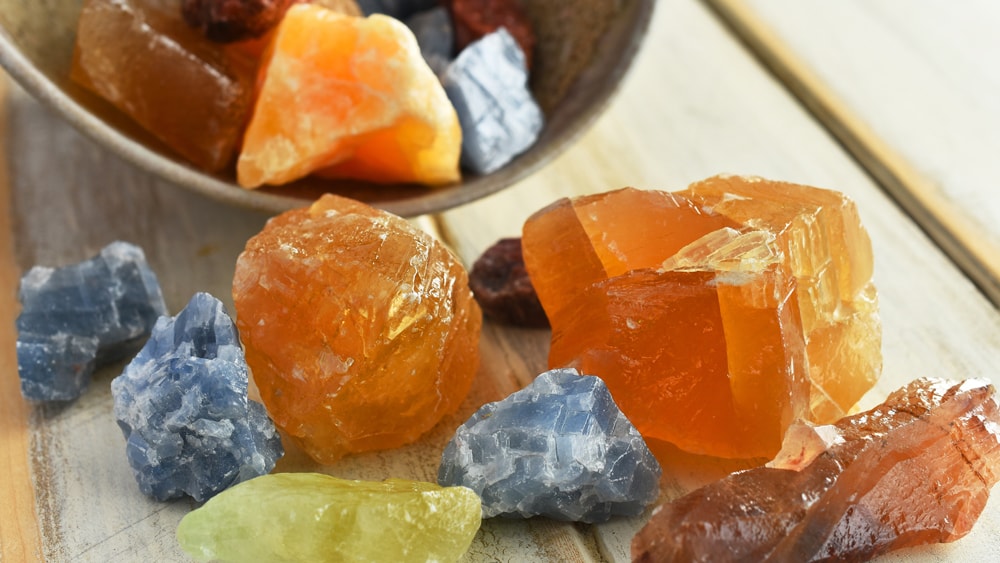
When it comes to crystals, there are several that can help us summon the energy we want to project during Lughnasadh:
- Citrine, a yellow stone of abundance as well as manifestation
- Aventurine, a green or yellow quartz that symbolizes prosperity and healing
- Malachite, a deep green stone that protects us and helps us accept the coming changes
- Golden topaz, a symbol of prosperity and gratitude
- Carnelian, a fire-colored stone that helps us channel courage and confidence
- Cat’s eye, a yellow-green gem thought to repel evil and summon wealth
- Amber, an orange gem of joy and prosperity
- Peridot, a light green stone that’s thought to increase happiness and abundance
- Clear quartz, which has amplifying and healing properties
As you’ll have noticed, most of these fit nicely into the color palette we’ve previously explained. More importantly, any of them can help you manifest prosperity and peace. You just have to know which stone works best for you and the kind of magick you prefer to work with.
Lughnasadh Herbs and Flowers

Naturally, plants are some of the most important symbols of the first harvest. With that in mind, let’s go over some of the most important herbs and flowers you might need to perform Lughnasadh rituals.

To decorate your altar and home, you’ll need grains such as wheat, barley, corn, oats, or rye. These are also good ingredients to bake into your bread. If you need more yellow decor in your home, you could bring in some sunflowers, marigolds (aka calendula), daisies, and even roses.

As for herbs, mint and basil are particularly popular during this time — and always, when you think about it. Both are great for good luck charms, which is exactly what we’re trying to summon during Lammas.
Lughnasadh Foods and Beverages
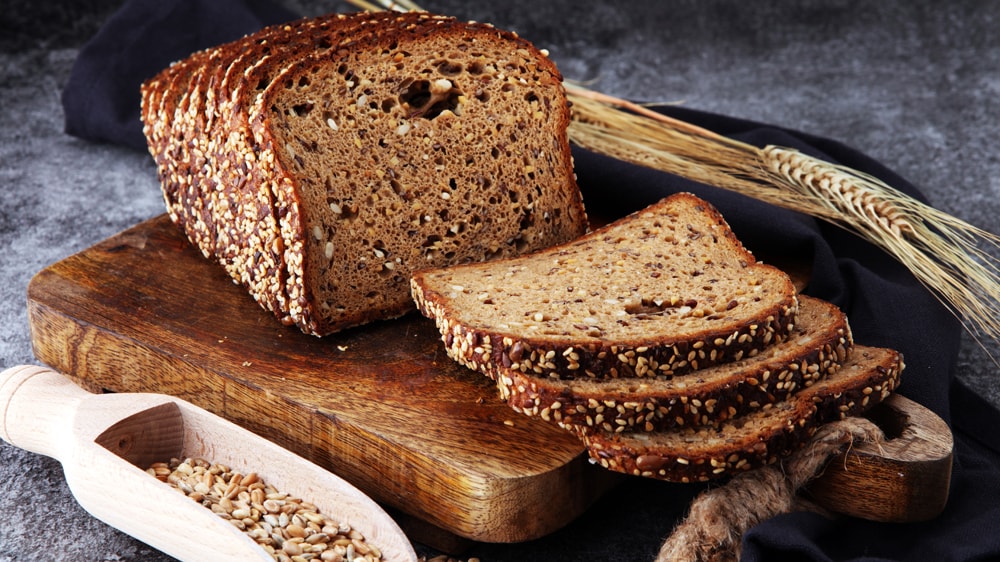
Lastly, we can’t celebrate a Sabbat without preparing a feast! As we have established, the most important part of Lammas is the bread — and other baked goods, of course. These foods can be shared with the community, but the preparation process can also be a part of a blessing spell.
In addition to bread that can contain all sorts of grains and seeds, you can also make pies with fresh berries and other fruits. As always, eating seasonal fruits and veggies is the best way to celebrate the Sabbat. In this case, you can have apples, pears, and an array of berries. Additionally, fruity wines and soft drinks are the perfect beverages for the season.
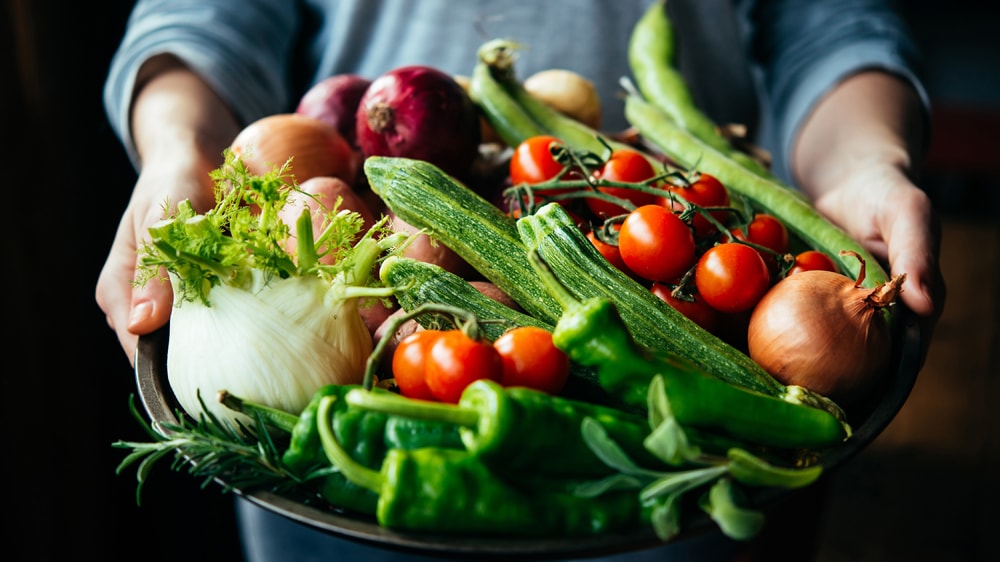
As for the vegetables, you have onions, garlic, shallots, leeks, celery, cabbage, peppers, potatoes, tomatoes, and summer squash varieties. If you’re at a loss as to what you could make with all these random fruits and veggies, check out this other article!
Related: Lughnasadh Recipes and Foods
How to Celebrate Lughnasadh and Revel In Nature’s Bounty!
Lammas is a time to celebrate the abundance of the first harvest and connect with your community. With that in mind, here are some Lughnasadh ritual ideas you can incorporate into your routine in the weeks and days leading up to August 1st.
Participate in the Local Harvest — or Just Hang Out in Nature

Lughnasadh reminds us that the sun is slowly fading and darkness is seeping back into the world. That makes it the perfect time to stop and smell the roses. If you can, hit up some community celebrations of the harvest. Alternatively, just have a picnic at the local park or organize a Lammas potluck.
After spending time in nature, remember to leave behind an offering. People usually leave wheat or another kind of grain, potatoes, beer, or wine to ensure continued prosperity. Make sure to leave the offering on a hill or another sacred place.
Make Some Incense
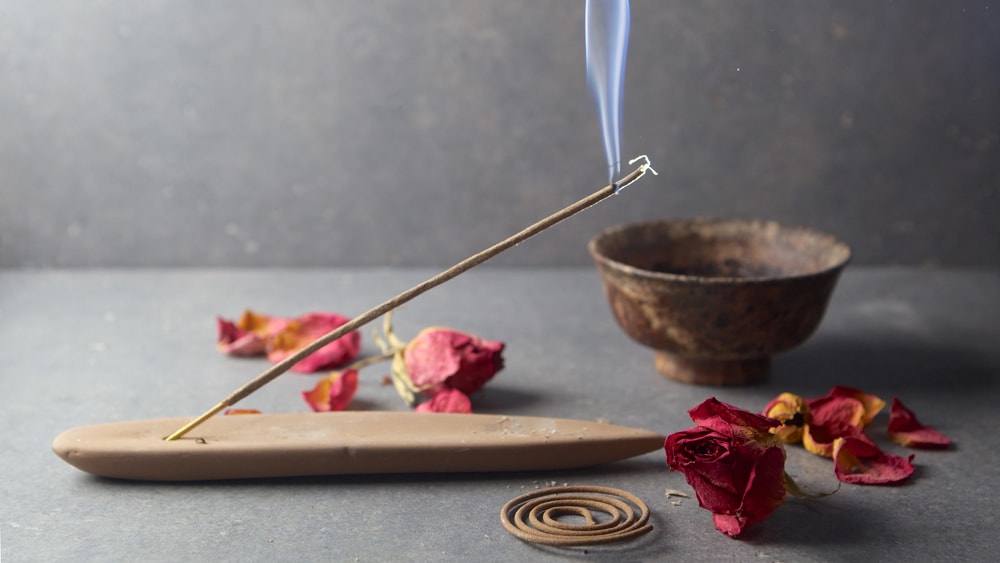
If you want to make some Lughnasadh incense, any of the plants we mentioned earlier would be excellent additions to it. You can also use sandalwood, chamomile, rosemary, oak leaves, and more. One online recipe recommends using Dragon’s Blood and honey to create incense out of:
- Oak leaves and rosemary
- Calendula, rose, and sunflower petals
- Patchouli and rose essential oils
So if you didn’t want to toss just anything into your mortar, those are some great things to start with. After using a pestle to grind and merge the ingredients, put the incense into a glass container. When you decide to burn it, add a small piece of burning charcoal into a small cast-iron cauldron along with a pinch of your incense mix.
Set Up Your Lughnasadh Altar
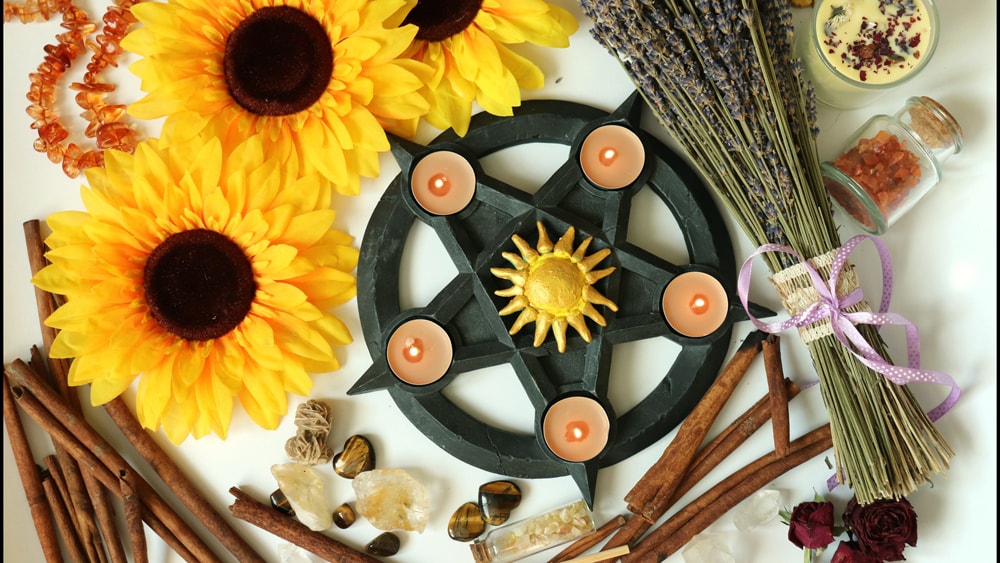
To decorate your altar ahead of the harvest festival, you can use any of the Lughnasadh symbols we’ve previously mentioned. Candles and ribbons in seasonal colors, sunflowers, marigolds, mint, and sage are all great things to start with. You can use woven baskets or cornucopia horns as containers or just stick to bowls.
Depending on your preference, you can either put a bowl of loose grain or a finished loaf (or just a slice) of bread on your altar. Next to that, you can place some fresh fruits and veggies or even harvest some herbs from your own garden as an offering. Alternatively, you can put a glass of fruity wine next to the bread and leave it at that.
To represent the harvest, you could also incorporate a scythe or sickle into your decor. And, of course, you can use any of the gemstones we’ve listed above. Just remember to cleanse everything you put on your altar.
Make a Corn Dolly (or Grain Mother)
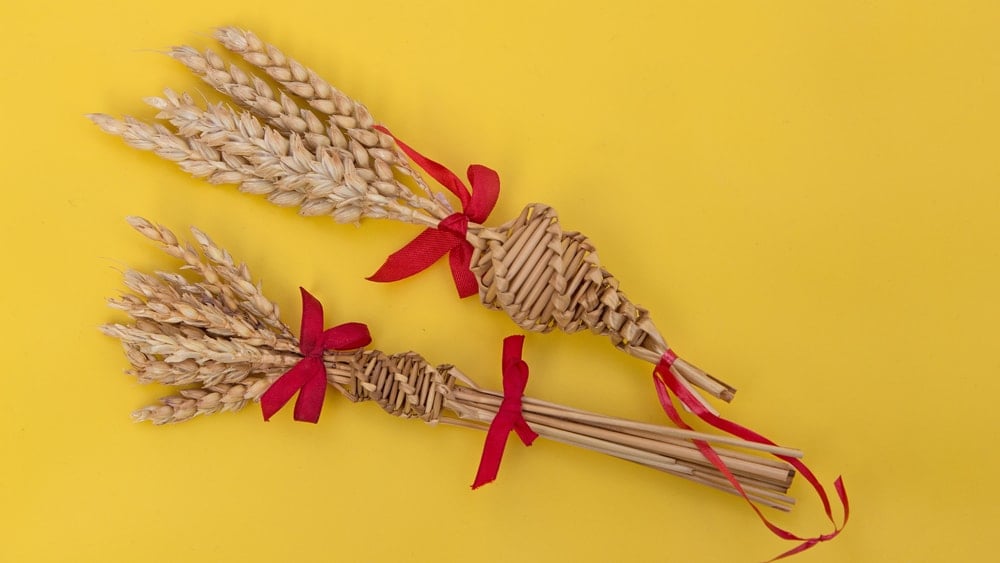
If you want to honor the god Lugh and his foster mother, another way to do it would be to make a corn dolly. That would effectively reference Lugh’s talents — crafting — and his mother’s domain — grain.
Traditionally, making a corn dolly requires some of the remaining crops that line the edges of the field and some twine. You can use corn or wheat stalks, but twigs would work just as well. If you use corn or wheat stalks that still have seeds on them, you’ll be able to plant them later on.
Of course, if this kind of thing isn’t quite your style, there are plenty of other Lughnasadh crafts. You can honor the gods by weaving onion garlands, painting, writing songs, making jewelry, or practicing any of your other skills!
Bake a Floral Lammas Bread
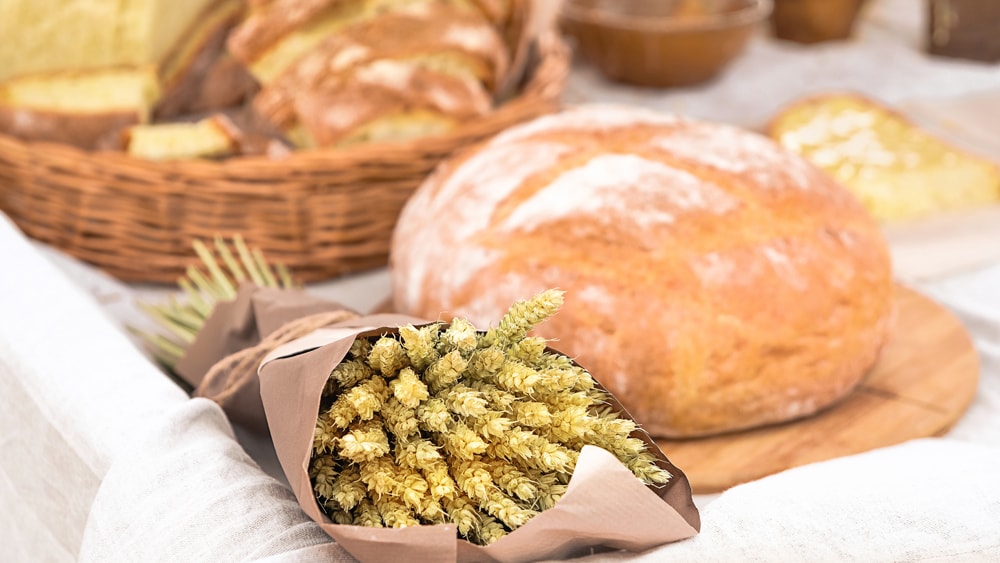
The key part of most Lughnasadh meals is the bread. With that in mind, we wanted to share a Lughnasadh bread recipe that will have your home smelling like a garden.
Lammas Bread Recipe
- 1/4 cup warm water
- 3/4 cup rolled oats
- 1/2 cup warm milk
- 1/2 cup honey
- 2 tablespoons instant dry yeast
- 1 1/2 teaspoons salt
- 2 tablespoons melted butter
- 1 egg
- 1 tablespoon lavender buds
- 5 cups flour
- 2 tablespoons olive oil
1. First, you’ll want to combine a quarter cup of warm water with three-quarters of a cup of rolled oats. After letting that sit for a while, add half a cup of warm milk and the same amount of honey into the bowl along with two tablespoons of instant dry yeast. Stir the mixture up and let it rest before adding one and a half teaspoons of salt and two tablespoons of melted but cool butter.
2. Now, it’s time for the good stuff. Crack one egg into the forming dough along with a tablespoon of clean lavender buds. Make sure the lavender hasn’t been treated with pesticide — ideally, you would get it from your garden.
3. Finally, you can start adding your flour, all the while mixing and then kneading the dough. You won’t need more than five cups. Stop adding flour when the dough is no longer sticky and bounces back after you poke it. Needless to say, you can incorporate kitchen magick throughout this process.
4. Once the dough is formed, put it in an oiled container and cover it with a cloth rag before setting it aside. If you leave it in a warm spot, it’ll double in size within an hour. At that point, you can transfer it to a baking pan without kneading it, brush it with melted butter, and bake until golden!
Put Aside Food for the Winter
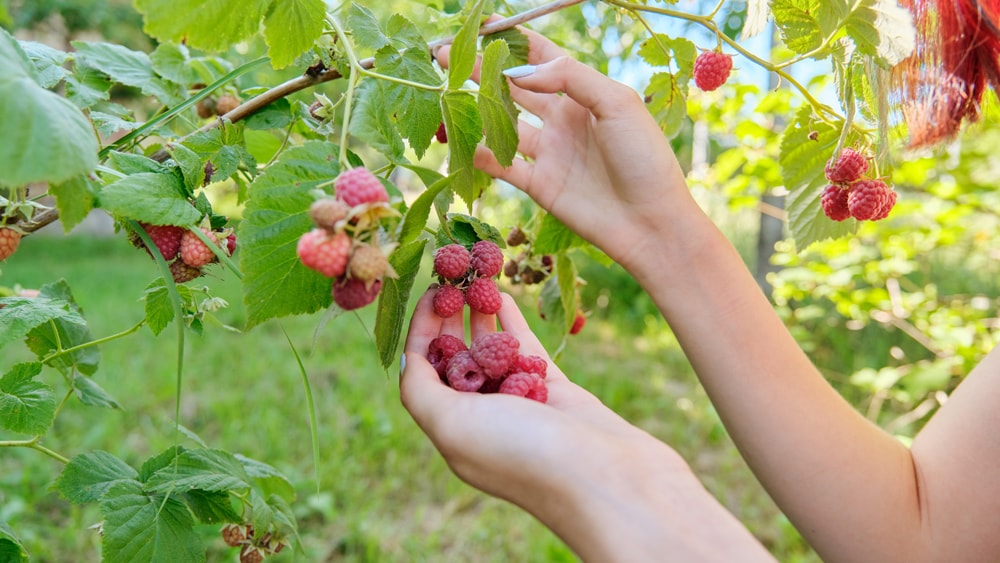
Foraging berries around the edges of forests is one of the best Lughnasadh activities you can do with or without a coven! But if you want to level your kitchen skills up, try making a forest fruit jam out of it when you’re done. It’ll be the perfect confection to serve with your bread.
Of course, if your pantry is filled to the brim with preserves, you can always donate the excess food. Remember, Lammas is a community festival, first and foremost!
Soak Up the Summer Magick!
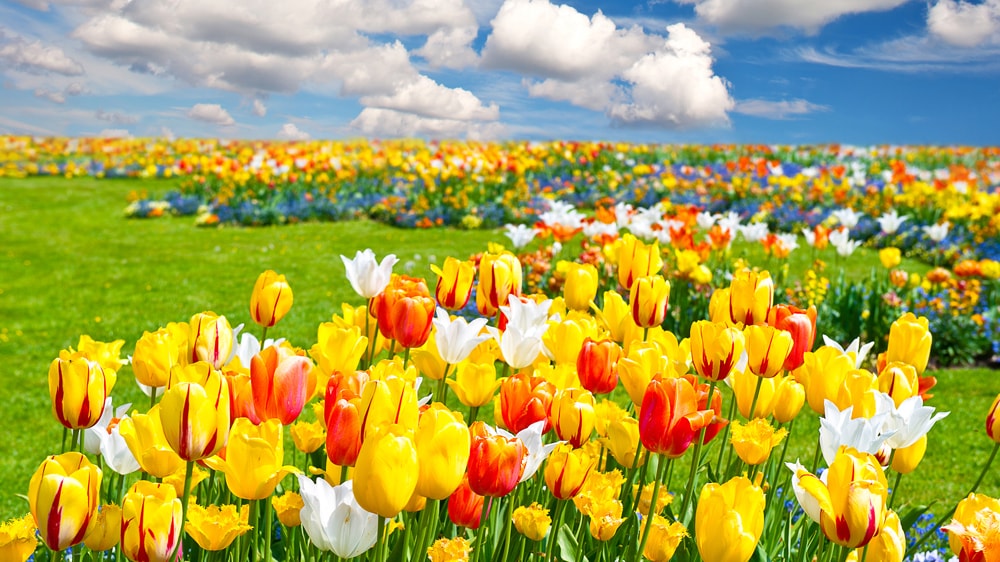
Ultimately, everything we just explained is only scratching the surface of the full scope of Lughnasadh. There are so many other things you can do during such a potent time! For example, it’s the perfect time to perform a mid-year check-in with your Tarot deck. Consider the lessons you’ve learned, things you’ve accomplished, and goals you could achieve before the next festival. While you’re at it, you could also cast some spells. Lughnasadh is the perfect time to call upon the goddess to bless you with an abundance of success, wealth, and love. But remember: you won’t receive those blessings without making an effort. So take a step into the unknown and work on forging connections with your community this Lammastide!
Check out our other articles:
Sigils for Newcomers
Jar Spells Made Simple
Get to Know Your Familiar
Kitchen Magick for Beginners
Moon Phases and Simple Rituals
See All Articles
Love this article? Share the magick with your friends and loved ones!